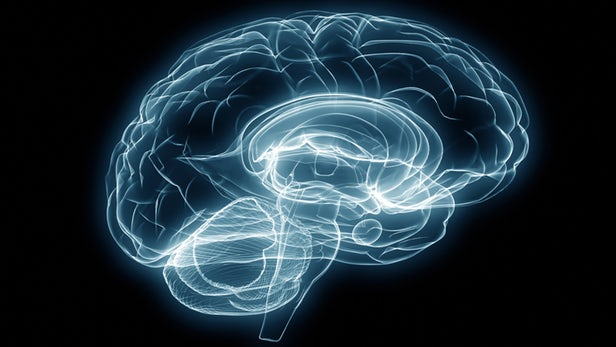
Breaking News
 The AI Arms Race Is Cracking Open The Nuclear Fuel Cycle
The AI Arms Race Is Cracking Open The Nuclear Fuel Cycle
 Nick Shirley Effect Fuels Calls For Crowdfunded Citizen Journalist Grant Program To Expose...
Nick Shirley Effect Fuels Calls For Crowdfunded Citizen Journalist Grant Program To Expose...
 "Quality Learing Center" First Domino To Fall As Somali-Linked Minneapolis Daycare Scandal
"Quality Learing Center" First Domino To Fall As Somali-Linked Minneapolis Daycare Scandal
 The Private Equity Veterinary Scam Making You Poorer and Killing Your Pets
The Private Equity Veterinary Scam Making You Poorer and Killing Your Pets
Top Tech News
 EngineAI T800: Born to Disrupt! #EngineAI #robotics #newtechnology #newproduct
EngineAI T800: Born to Disrupt! #EngineAI #robotics #newtechnology #newproduct
 This Silicon Anode Breakthrough Could Mark A Turning Point For EV Batteries [Update]
This Silicon Anode Breakthrough Could Mark A Turning Point For EV Batteries [Update]
 Travel gadget promises to dry and iron your clothes – totally hands-free
Travel gadget promises to dry and iron your clothes – totally hands-free
 Perfect Aircrete, Kitchen Ingredients.
Perfect Aircrete, Kitchen Ingredients.
 Futuristic pixel-raising display lets you feel what's onscreen
Futuristic pixel-raising display lets you feel what's onscreen
 Cutting-Edge Facility Generates Pure Water and Hydrogen Fuel from Seawater for Mere Pennies
Cutting-Edge Facility Generates Pure Water and Hydrogen Fuel from Seawater for Mere Pennies
 This tiny dev board is packed with features for ambitious makers
This tiny dev board is packed with features for ambitious makers
 Scientists Discover Gel to Regrow Tooth Enamel
Scientists Discover Gel to Regrow Tooth Enamel
 Vitamin C and Dandelion Root Killing Cancer Cells -- as Former CDC Director Calls for COVID-19...
Vitamin C and Dandelion Root Killing Cancer Cells -- as Former CDC Director Calls for COVID-19...
 Galactic Brain: US firm plans space-based data centers, power grid to challenge China
Galactic Brain: US firm plans space-based data centers, power grid to challenge China
Youthful Plasticity Restored to the Brains of Adult Mice

Now, scientists at University of Utah Health report they can rejuvenate the plasticity of the mouse brain, specifically in the visual cortex, increasing its ability to change in response to experience. Manipulating a single gene triggers the shift, revealing it as a potential target for new treatments that could recover the brain's youthful potential.
"It's exciting because it suggests that by just manipulating one gene in adult brains, we can boost brain plasticity," says lead investigator Jason Shepherd, Ph.D., Associate Professor of Neurobiology and Anatomy at University of Utah Health.
"This has implications for potentially reducing normal cognitive decline with aging, or boosting recovery from brain injury after stroke or traumatic brain injury," he says.



